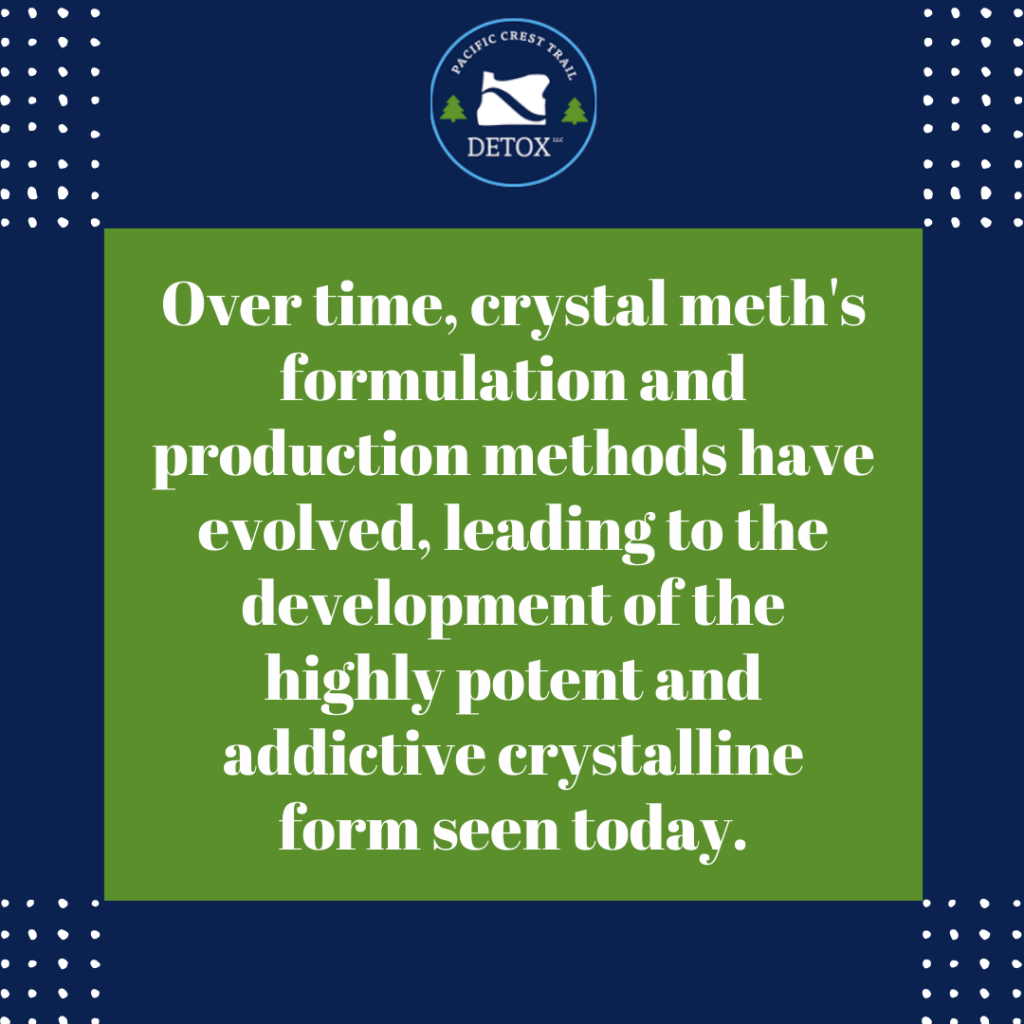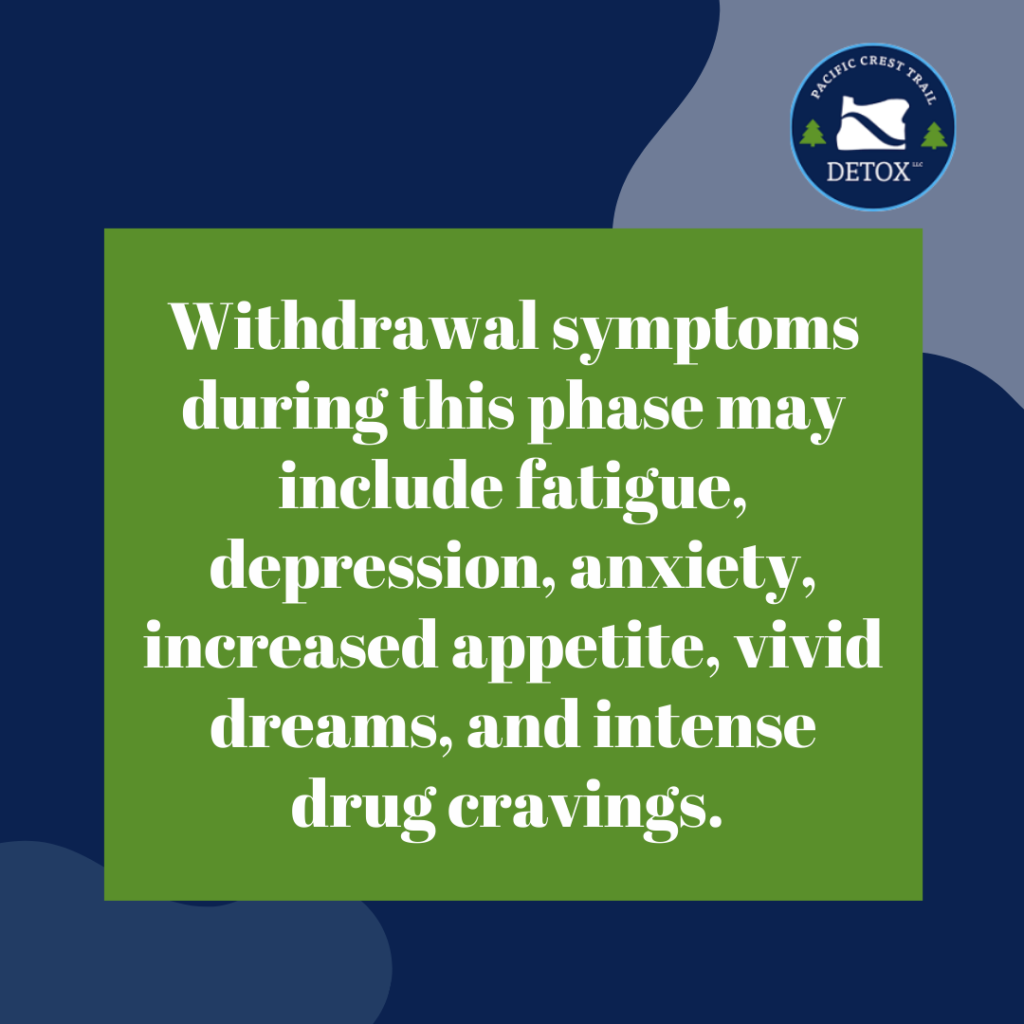Crystal methamphetamine or crystal meth is a highly addictive and potent stimulant that has become a significant public health concern worldwide. Detoxification from crystal meth addiction is complex and challenging, requiring specialized care and support.
This article aims to shed light on the expectations one may encounter during crystal meth detox while also exploring the devastating global impact of this drug addiction. Backed by recent statistical data and studies, it is evident that crystal meth addiction has inflicted severe consequences on individuals, families, and societies at large.
An exploration of the devastating global impact of crystal meth addiction reveals the gravity of this crisis. In recent years, the use of crystal meth has escalated exponentially, leading to a surge in substance abuse-related hospitalizations, overdoses, and fatalities.
Not only does crystal meth severely damage physical and mental health, but it also triggers a destructive ripple effect on families, communities, and economies.
Understanding and addressing crystal meth addiction stem from its alarming growth rates and its severe consequences on public health and society. Recent data indicate a troubling trend of escalating crystal meth use, especially among young adults. The ease of availability, relatively low cost, and powerful drug effects have contributed to its widespread appeal.

Crystal Meth: A Brief History
Crystal methamphetamine, colloquially known as crystal meth, has a complex and intriguing history that dates back to the late 19th century.
When was crystal meth first invented? It was first synthesized in 1919 by Japanese chemist Akira Ogata, who sought to create a stimulant to treat various medical conditions, including asthma and narcolepsy. However, the true rise of crystal meth’s popularity began during World War II when the Axis and Allied forces used it to boost alertness and combat fatigue.
After the war, its use spread across different countries, including the United States, where it gained popularity as a recreational drug during the 1960s and 1970s. Over time, crystal meth’s formulation and production methods have evolved, leading to the development of the highly potent and addictive crystalline form seen today.
Its current usage is a significant concern, with widespread addiction and devastating impacts on individuals and communities. The drug’s addictive nature and powerful effects on the central nervous system have contributed to its persistent illegal production and distribution, resulting in a global drug epidemic that demands comprehensive and multifaceted approaches for prevention, treatment, and harm reduction.
Understanding Crystal Meth Addiction
Understanding crystal meth addiction is crucial to address the devastating consequences it brings to individuals and society. Crystal meth profoundly affects the brain’s reward system, flooding it with dopamine, a neurotransmitter associated with pleasure and motivation.
This intense euphoria, coupled with increased energy and confidence, creates a powerful psychological dependence, leading users to seek out repeated doses to replicate the initial high.
Long-term usage takes a severe toll on both the body and mind.
Physically, it can lead to weight loss, dental problems (“meth mouth”), skin sores, and an overall deterioration of health. Psychologically, it can cause paranoia, anxiety, aggression, mood swings, memory loss, and cognitive impairments.
Additionally, long-term crystal meth use can lead to social isolation, strained relationships, mental illness, and difficulty functioning in daily life. Effective treatment and support are essential in breaking the grip of addiction and promoting recovery and well-being.

Crystal Meth Side Effects
The side effects of crystal meth use are wide-ranging and can have devastating physical and mental health consequences. In the short term, users may experience intense euphoria, increased energy, and heightened alertness.
However, these effects are often followed by negative outcomes such as insomnia, loss of appetite, increased heart rate, elevated blood pressure, and hyperthermia.
Short-term use can also lead to anxiety, agitation, paranoia, hallucinations, and violent behavior. Long-term usage of meth is even more detrimental, causing severe dental problems, skin sores, weight loss, and malnutrition.
Chronic use can lead to cognitive impairments, memory loss, and long-lasting psychological issues, including anxiety disorders, depression, and psychosis.
What to Expect During the Detox Process
The detox process is a challenging and essential step toward recovery from addiction. During detox, individuals can expect to encounter intense symptoms as their body adjusts to a life without the drug.
The step-by-step breakdown involves an initial evaluation by medical professionals to assess the individual’s health and addiction severity. After this, the detoxification begins, with the body gradually eliminating the drug.
Withdrawal symptoms during this phase may include fatigue, depression, anxiety, increased appetite, vivid dreams, and intense drug cravings. The duration of crystal meth detox can vary, but typically, the acute phase lasts about a week, with some psychological symptoms persisting for several weeks or months.

Crystal Meth Addiction Help
Treatments are available to help individuals overcome the grip of addiction and achieve long-lasting recovery. One of the primary components of treatment is therapy, which addresses the underlying issues and triggers of addiction.
Residential or outpatient rehabilitation programs offer structured support and guidance in a drug-free environment, helping individuals build coping skills and healthy habits. Medication may be used to control withdrawal symptoms and cravings, although no specific medication is approved to treat addiction.
Support groups and aftercare programs can provide ongoing support and motivation during recovery. To those struggling with crystal meth addiction, seeking help is crucial, and recovery is possible with the right treatment, support, and commitment to change.
In conclusion, crystal meth addiction is a pressing global health concern that demands urgent attention and comprehensive solutions. The devastating impact of this drug on individuals, families, and communities necessitates a deeper understanding of its mechanisms and consequences. Medical detox is a critical step in the recovery journey, accompanied by intense withdrawal symptoms that require specialized care and support.
Nevertheless, there is hope and help available. Various treatment options, including therapy, rehabilitation programs, and support groups, offer a pathway toward recovery and a chance to reclaim one’s life from addiction. While the road to recovery may be challenging, it is essential to remember that seeking help is courageous, and recovery is possible with determination, support, and professional assistance.
If you are in contact with anyone struggling with addiction in Portland, please do not hesitate to contact Pacific Crest Trail’s Portland Detox Center.

